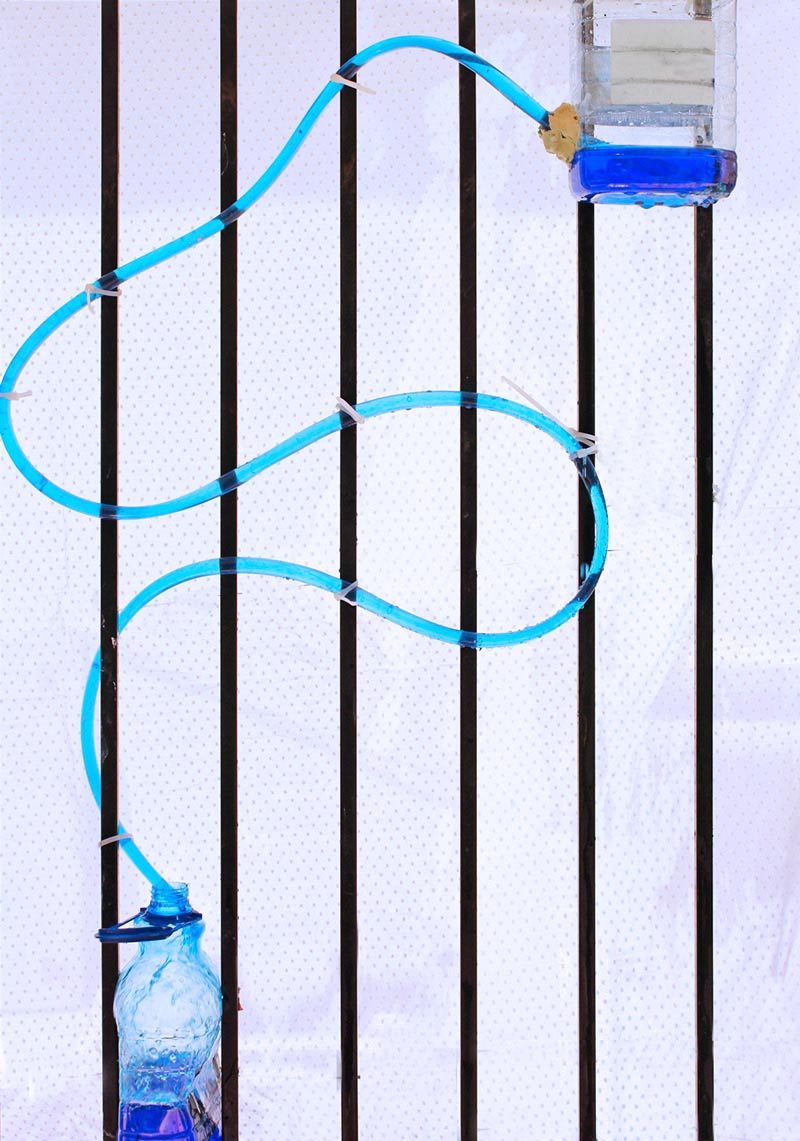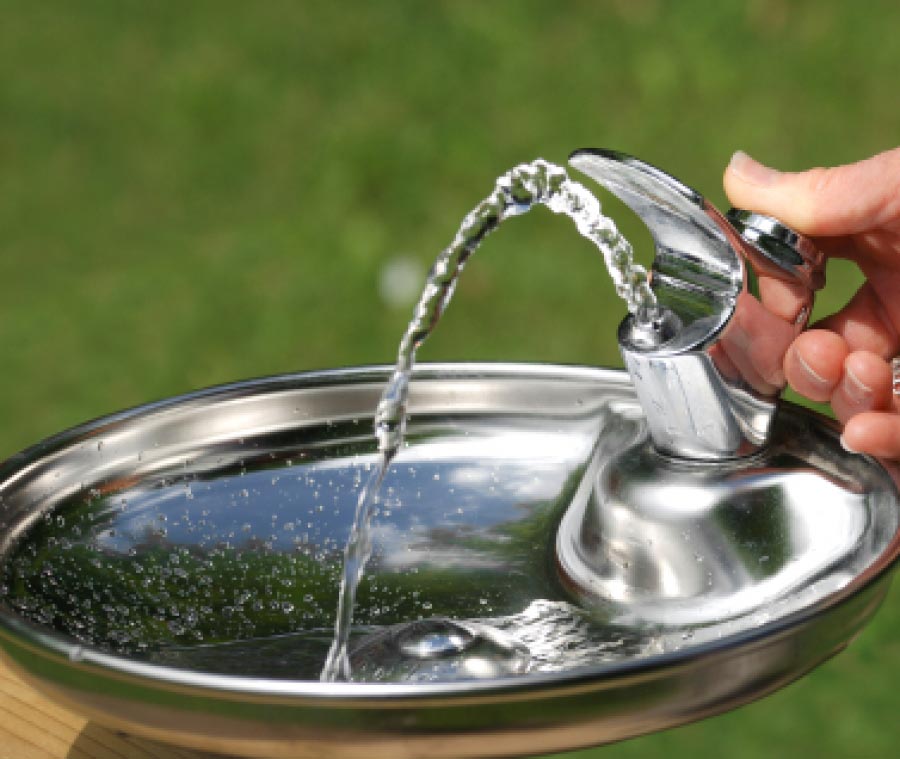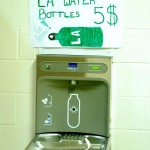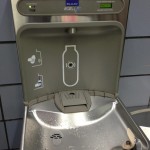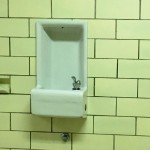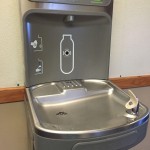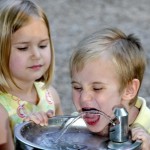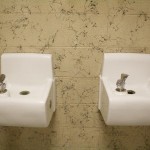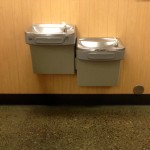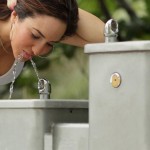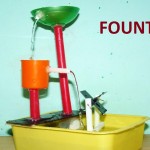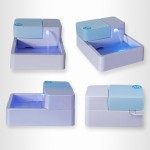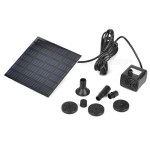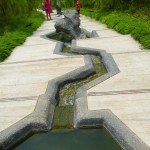It is common knowledge that water is very important for a growing organism, and a school water fountain can satisfies perfectly this need. Usually, it consists of a basin and a tap with constantly circulating stream. Everyone can bend and swallow the liquid. The advantages of bubblers are in their accessibility, economy and ecological safety, as compared with butylation.
The importance of water fountains in schools is recognized long ago because it is a manner to ensure pupils’ good feeling and progress. Our brain consists of moister for 85%. The lack of 10% provokes activity decrease and metabolic disturbance. The liquid balance is especially important for children as takes part in the work of cells, provides concentration and short-term memory.
Of course, school water fountains safe and cleanness are the main principals of their installation. Earlier, some bacteria were found in drinking bubblers in educational institutions. So, the strict rules of their design were established. The sanitary code forbids vertical spouts. They must be at least two inches long, and it is recommended to consumers to drain some liquid before the drinking. These measures prevent the appearance of germs and occurrences of rotavirus and other diseases between pupils.
In 80’ an old school water fountain had a serious problem with lead, since testes showed a high level of this metal in babblers. It was connected with fountain design, which included lead parts. What was worse, a wide spreading of this type of the construction throughout the country. Manufacturers would elaborate a new design, and the destructive influence of lead on organisms was excluded.
Besides, modern bubblers are upgraded with fist-class filters which remove all unhealthy dashes. Their presence is also a sanitary request. There are different filters: graphene sorbate, ceramic membrane, nanotechnology. All of them are effective and can be used in child care institutions.

